Scientists Discover Something Incredible From an X-Ray of the Mona Lisa
In a recent x-ray of one of the most famous paintings of all time, the Mona Lisa, researchers have found something truly incredible.
They realized that genius painter and innovator Leonardo da Vinci used a completely unique chemical to create this now world-famous painting.
The Mona Lisa
Today, this amazing painting sits in the Louvre in Paris, France, and it is considered one of the most famous and beloved pieces of art ever to be created.
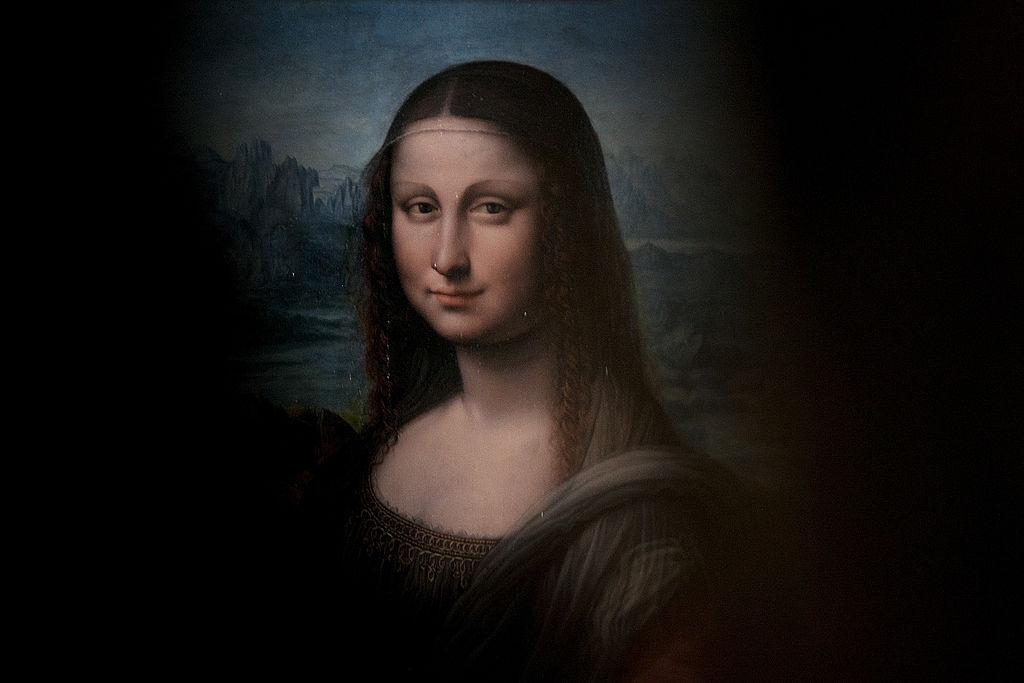
Source: Pablo Blazquez Dominguez/Getty Images
Art historians understand that it was painted by Leonardo da Vinci sometime between 1503 and 1519, while the artist was living in Florence, Italy.
Why Is the Mona Lisa so Important in the Art World?
It’s important to understand that Leonardo da Vinci’s Mona Lisa is not only beloved by art admirers, but it is also considered an extremely important piece within the world of art history.
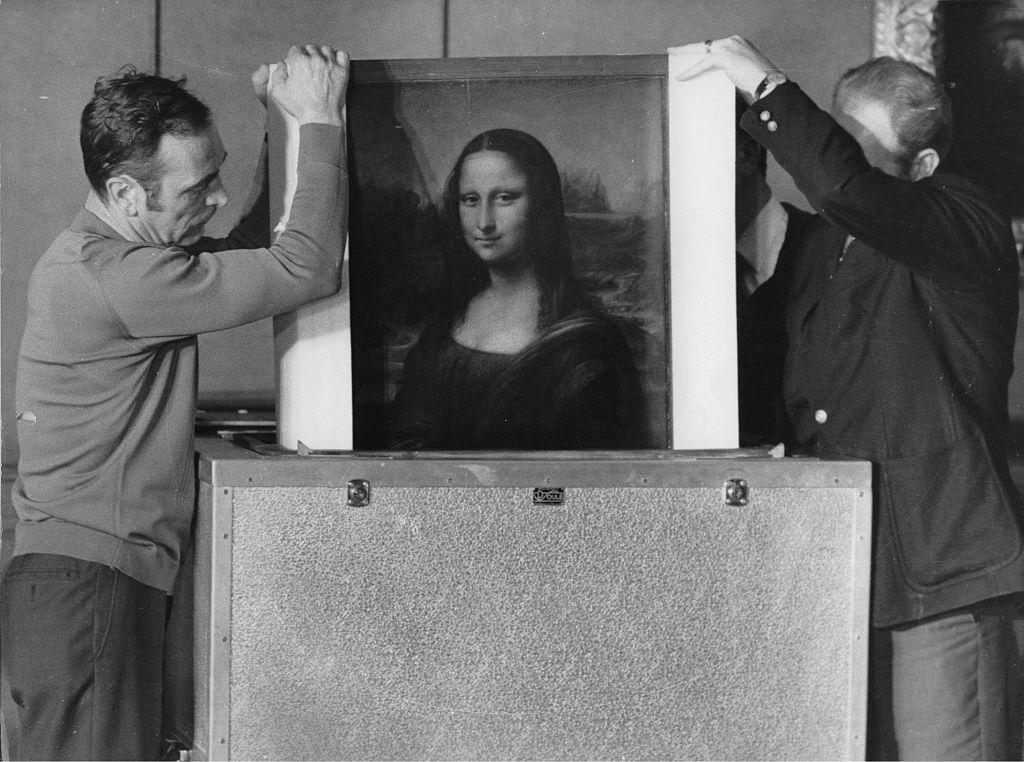
Source: Imagno/Getty Images
It is considered da Vinci’s “mastery of human anatomy and realism,” and that this piece specifically portrayed the artist’s amazing abilities.
The Painting Itself Wasn’t X-Rayed
Therefore, art historians have always studied the painting. But now, with the newest technology, they decided to dive in even deeper.
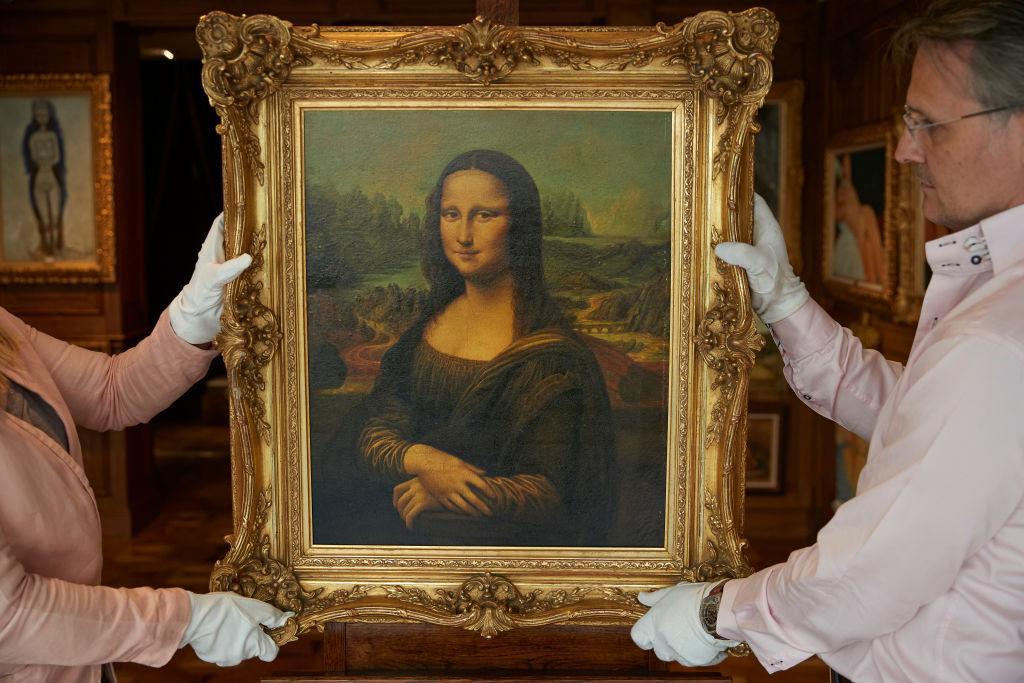
Source: Kiran Ridley/Getty Images
The most recent scientific study and X-ray of the painting was not actually of the entire work, but of one tiny speck of paint from the top right corner. In fact, the bit of paint was smaller than the diameter of a piece of human hair.
One Tiny Speck Said so Much
The researchers essentially took the barely-visible speck and analyzed its atomic structure through an X-ray in a synchrotron.

Source: Matthew Horwood/Getty Images
This enabled the researchers to disentangle the chemical makeup of the speck. After doing so, they found something extremely interesting: Plumbonacrite.
What is Plumbonacrite?
Plumbonacrite is a carbonate mineral that is a byproduct of lead oxide, and it’s really quite rare to find.
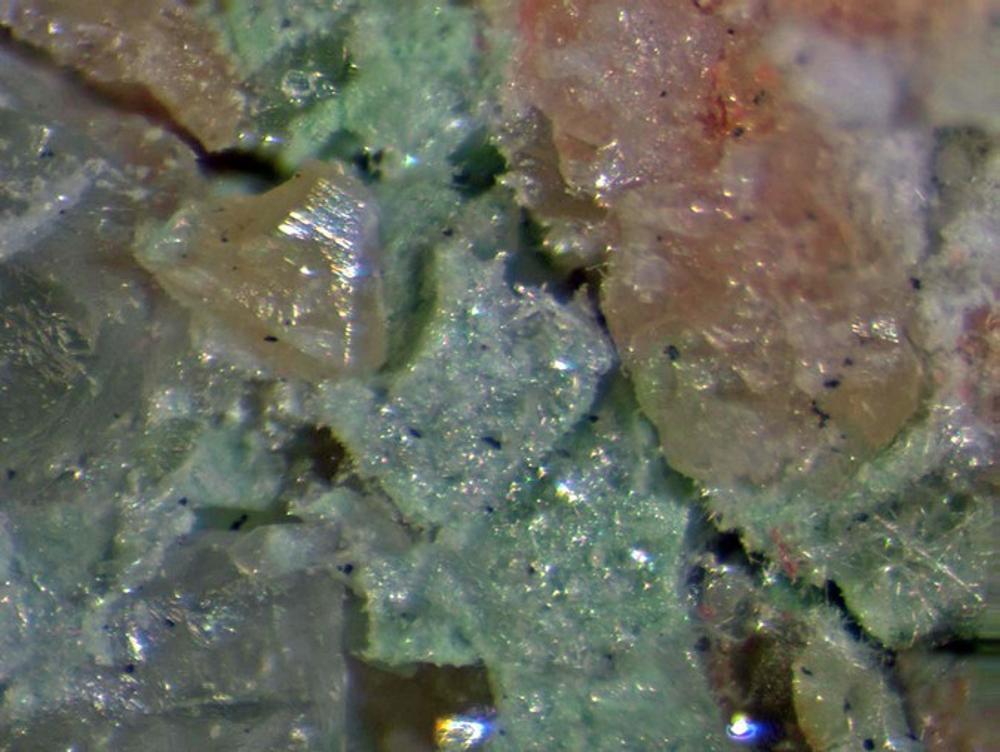
Source: Mindat
After finding plumbonacrite in da Vinci’s Mona Lisa, academics in the field hypothesized that the artist would have dissolved lead oxide in walnut oil or linseed by heating the two together. He would then use said mixture as a thick and fast-dying paste for his paintings.
Plumbonacrite Would Have Made a Honey-Like Paste
These researchers understand that the paste da Vinci created and used as the base layer for the Mona Lisa would have looked a lot like golden honey.
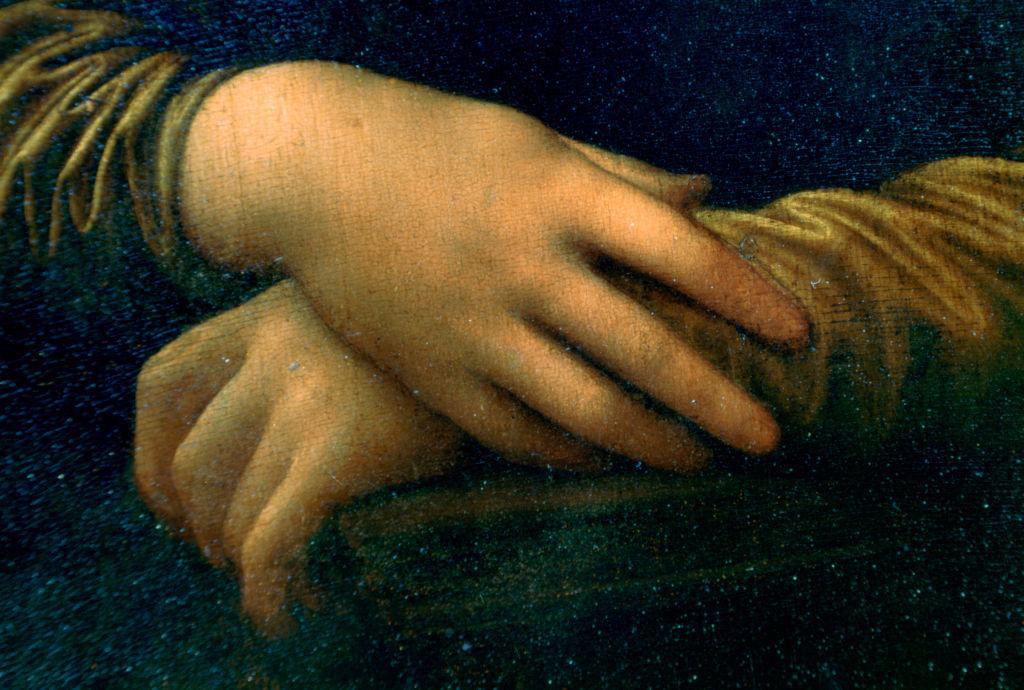
Source: Art Media/Print Collector/Getty Images
The leader of the study, Victor Gonzalez explained, “What you will obtain is an oil that has a very nice golden color. It flows more like honey.”
Da Vinci Is Known for His Innovative Techniques
Victor Gonzalez, the lead author and chemist of the study explained, “[da Vinci] was someone who loved to experiment, and each of his paintings is completely different technically.”

Source: Culture Club/Getty Images
And continued, “In this case, it’s interesting to see that indeed there is a specific technique for the ground layer of ‘Mona Lisa.’”
This Finding Is Wildly Exciting for Art Historians
Italian art curator and specialist Carmen Bambach from the New York Metropolitan Museum of Art also noted that this finding is “extremely important news for the art world and our larger global society.”
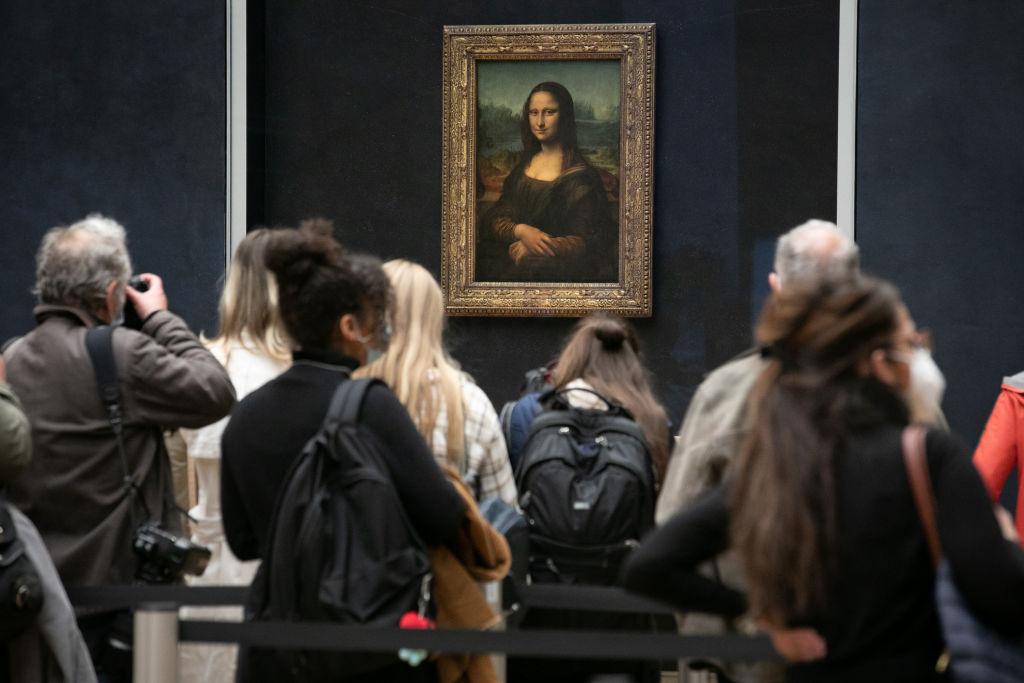
Source: Marc Piasecki/Getty Images
As the technique da Vinci used in the Mona Lisa verifies “Leonardo’s spirit of passionate and constant experimentation as a painter – it is what renders him timeless and modern.”
Da Vinci Wasn’t the Only Artist to Use Plumbonacrite
Leonardo da Vinci created the Mona Lisa using plumbonacrite in the 16th century, but Gonzalez and his team have also found the chemical in pieces from the 17th century, painted by the incredibly famous artist Rembrandt.
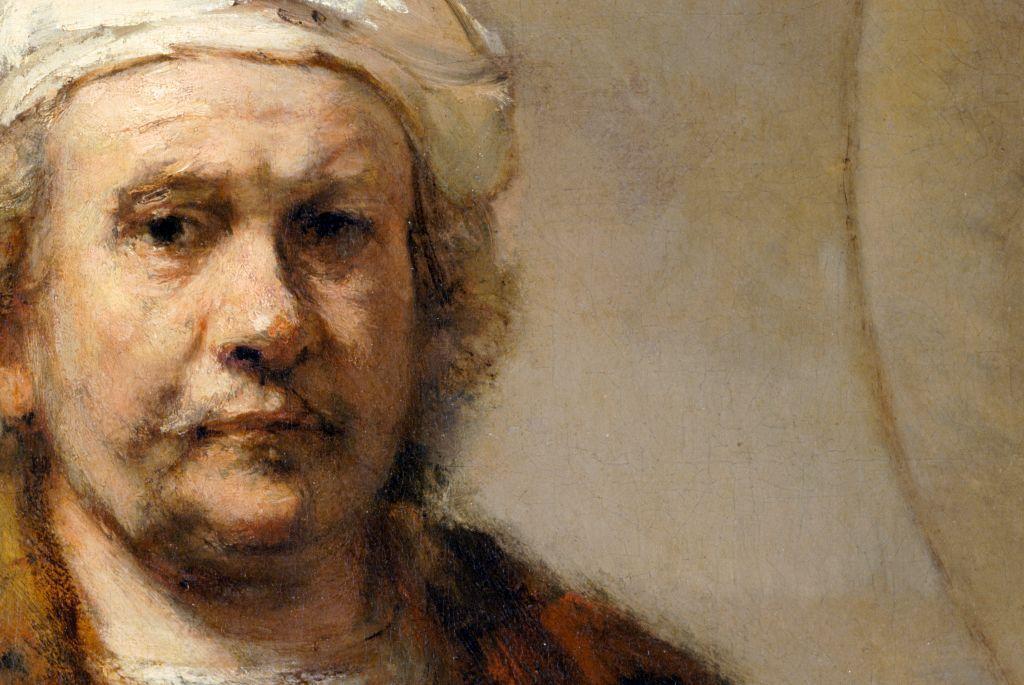
Source: Heritage Images/Getty Images
So Gonzalez and his team now believe that da Vinci’s recipe was shared and passed down to artists such as Rembrandt for centuries.
The Mona Lisa Can Still Be Found at the Louvre
One of the amazing aspects of this new test is that the painting can still be enjoyed by millions of people at the Louvre Museum in Paris while the scientists conduct their research on the speck of paint in their laboratories.
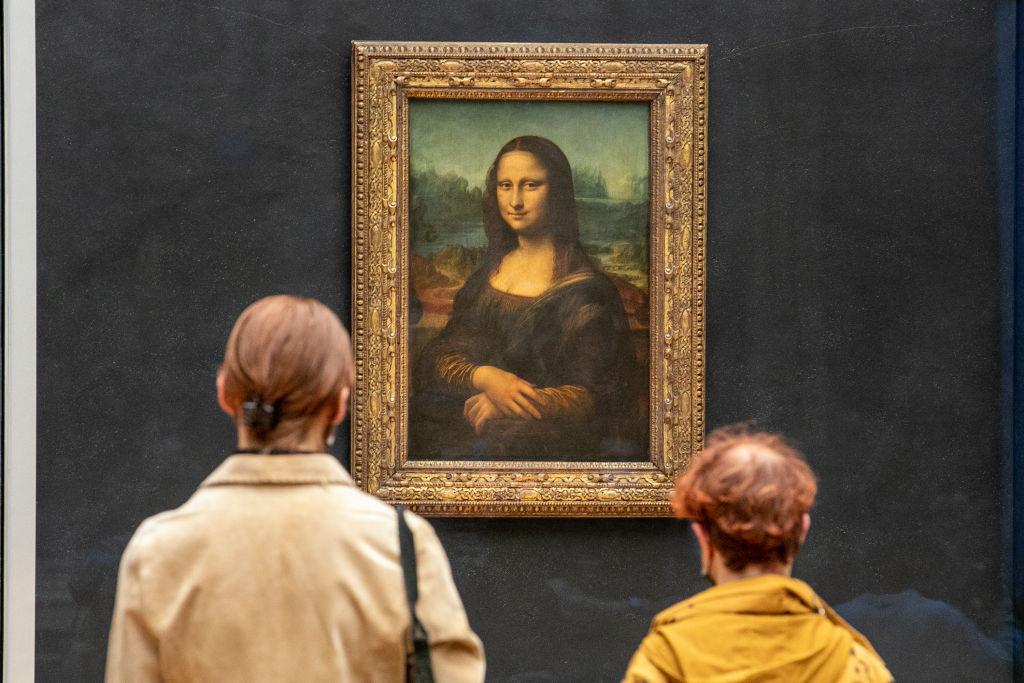
Source: Marc Plasecki/Getty Images
The Louvre claims that this beautiful woman was none other than Lisa Gherardini, the wife of a Florentine silk merchant. Though most people wonder about her secretive smile more than who she really was.
The Mona Lisa Has More Secrets to Tell
Although finding plumbonacrite is absolutely fascinating to art historians, they believe that this important painting has more secrets to tell.
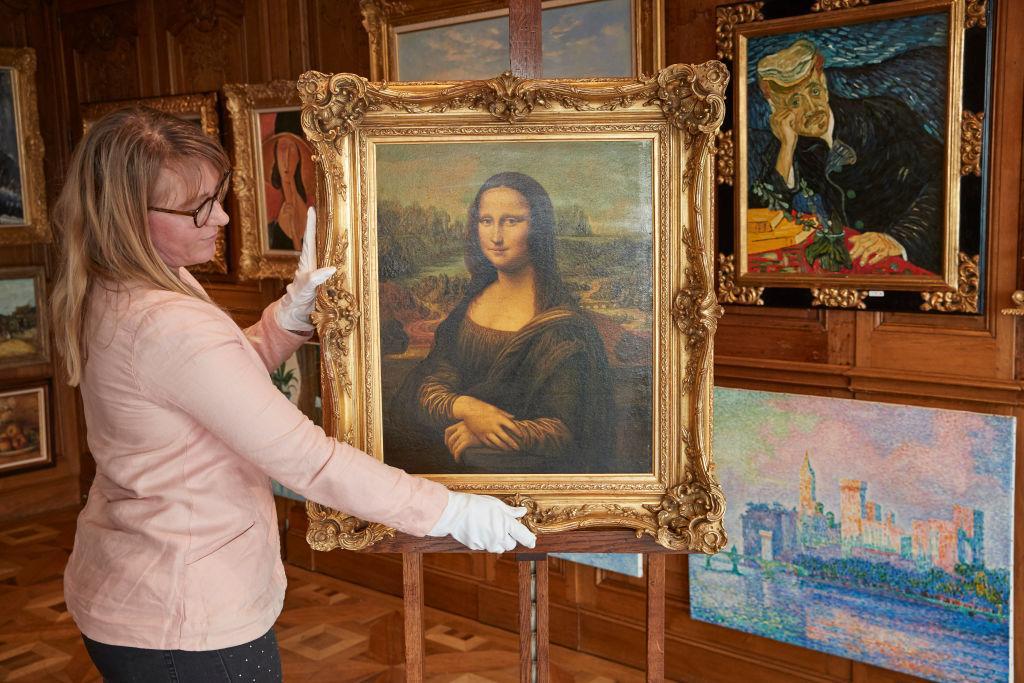
Source: Kiran Ridley/Getty Images
Victor Gonzalez told the press, “There are plenty, plenty more things to discover, for sure. We are barely scratching the surface. What we are saying is just a little brick more in the knowledge.”
